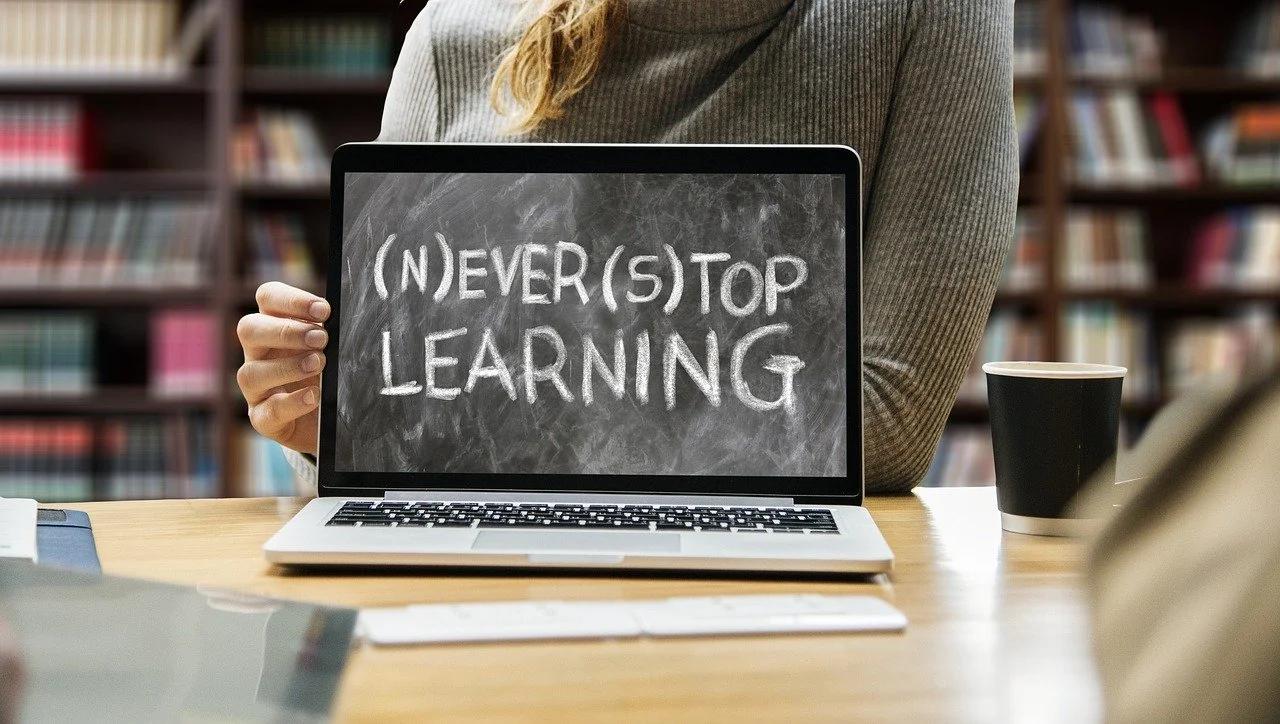Let’s discover the essential Italian vocabulary for body parts with my comprehensive guide.
This guide covers all the key vocabulary you need to boost your Italian language skills!
Ready to dive in? Andiamo! (Let’s go!)
Getting to Know Your Body Parts in Italian
Knowing the names of body parts in Italian is crucial. It helps you communicate better, whether you're talking to a doctor, shopping for clothes, or just describing someone. Let's take a closer look.
Head and Face:
La testa – The head
I capelli – The hair
La fronte – The forehead
Gli occhi – The eyes
Il naso – The nose
La bocca – The mouth
Le orecchie – The ears
Le guance – The cheeks
Il mento – The chin
Torso:
Il collo – The neck
Le spalle – The shoulders
Il torace or Il petto – The chest
Lo stomaco – The stomach
La pancia – The belly
La schiena – The back
Limbs:
Il braccio – The arm (singular)
Le braccia – The arms (plural)
La mano – The hand
Le dita – The fingers
La gamba – The leg
Il ginocchio – The knee
Il piede – The foot
Le dita dei piedi – The toes
Notice the change from singular to plural in words like “braccio” to “braccia” and “ginocchio” to “ginocchia”. Italian has several irregular plurals which are vital to learn! Here are some examples:
L’orecchio (ear) becomes le orecchie (ears)
Il braccio (arm) becomes le braccia (arms)
Il dito (finger) becomes le dita (fingers)
Il ginocchio (knee) becomes le ginocchia (knees)
L'osso (the bone) – Le ossa (the bones)
Il dente (the tooth) – I denti (the teeth)
Il labbro (the lip) – Le labbra (the lips)
Il piede (the foot) – I piedi (the feet)
L'arto (the limb) - Gli arti (the limbs)
Il ciglio (the eyelash) - Le ciglia (the eyelashes)
Il sopracciglio (the eyebrow) - I sopraccigli (the eyebrows)
Body parts are often used in Italian expressions. For instance:
Costare un occhio della testa - literally means “to cost an eye of the head”; to cost an arm and a leg.
Questo orologio mi è costato un occhio della testa - This watch cost me an arm and a leg.
Alzarsi con il piede sbagliato – To get up with the wrong foot; idiomatic meaning: to get up on the wrong side of the bed.
Stamattina, mi sono svegliato/a con il piede sbagliato e finora ho avuto una giornataccia! - This morning, I got up with the wrong foot and since then I’ve had such a bad day!
Non avere peli sulla lingua – To have no hairs on the tongue; idiomatic meaning: to speak frankly.
Lui sempre dice cose sprezzanti, non ha davvero peli sulla lingua! - He always says rude things, he truly doesn’t have any hair on the tongue!
Essere una persona in gamba/essere in gamba – To be a person in leg; idiomatic meaning: to be a really great, upstanding person.
Lei mi ha sempre aiutato, è veramente una persona in gamba. – She’s always helped me, she’s really a good person.
Practice Makes Perfect
Repetition is the mother of all learning. Try to use these new words in sentences or while speaking to practice your pronunciation and recall. Here are a few sentences to get you started.
Ho mal di testa. (I have a headache.)
Hai bellissimi occhi. (You have beautiful eyes.)
Mi fa male la gamba. (My leg hurts.)
Mi fa male lo stomaco. (My stomach hurts.)
Ho la testa altrove. (My head is somewhere else; I’m not focused.)
Siamo nelle tue mani. - We’re in your hands; We’re trusting you.
Devo farmi le unghie. - I need to do my nails; I need to get a manicure.
Sei così rosso in viso! - You’re so red in the face! You’re blushing.
Ho un ginocchio messo male. - I have a bad knee.
Lei ha i capelli lunghi e biondi. (She has long, blonde hair.)
Mi fa male il collo. (My neck hurts.)
Luca si è rotto il braccio giocando a calcio. (Luca broke his arm playing soccer.)
Non riesco a trovare un cappello che stia bene sulla mia testa. (I can’t find a hat that fits well on my head.)
Devi proteggere la tua pelle dal sole. (You must protect your skin from the sun.)
Mia sorella ha gli occhi azzurri. (My sister has blue eyes.)
Quando sorridi, illuminano le tue guance. (When you smile, your cheeks light up.)
Ho bisogno di una crema per le mani perché ho la pelle secca. (I need a hand cream because I have dry skin.)
Dopo la corsa, mi fanno male le gambe. (After running, my legs hurt.)
Great job on learning the names of body parts in Italian!
Knowing these words helps you communicate better and feel more confident when you speak Italian. Keep practicing these new terms whenever you can and use them in your everyday conversations. The more you practice, the better you'll get.
Good luck and have fun as you continue your journey with the Italian language!
Ciao! A presto!





